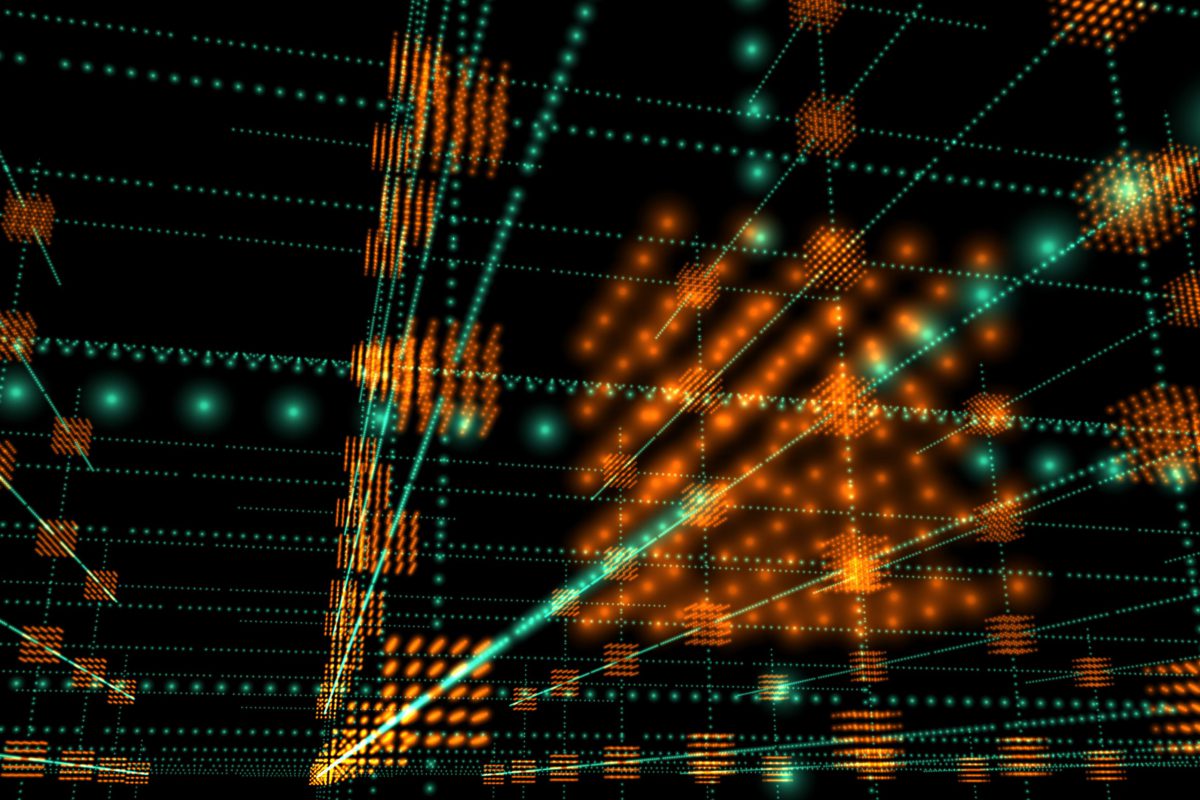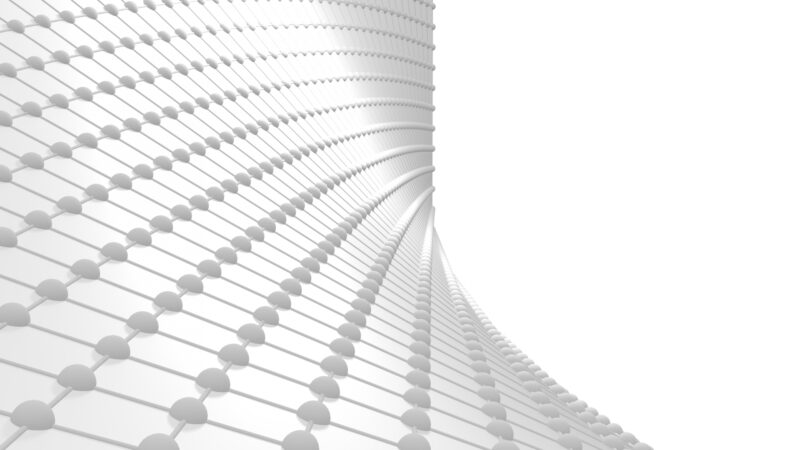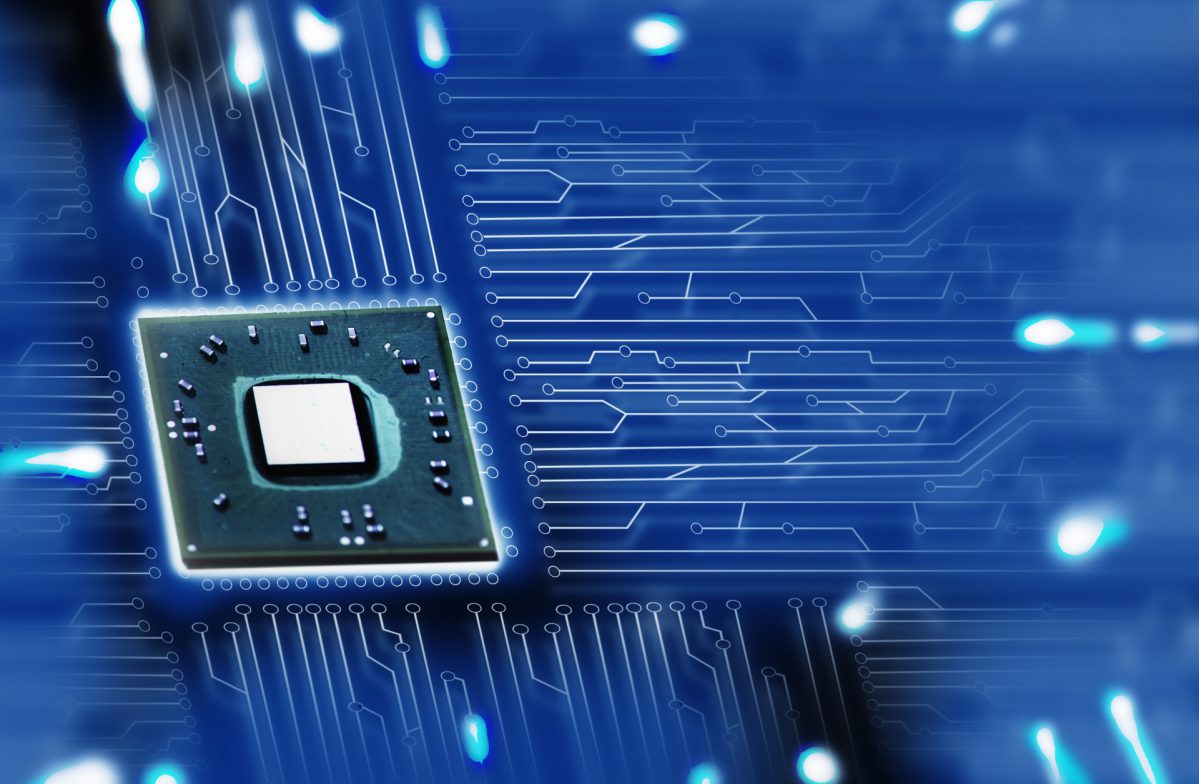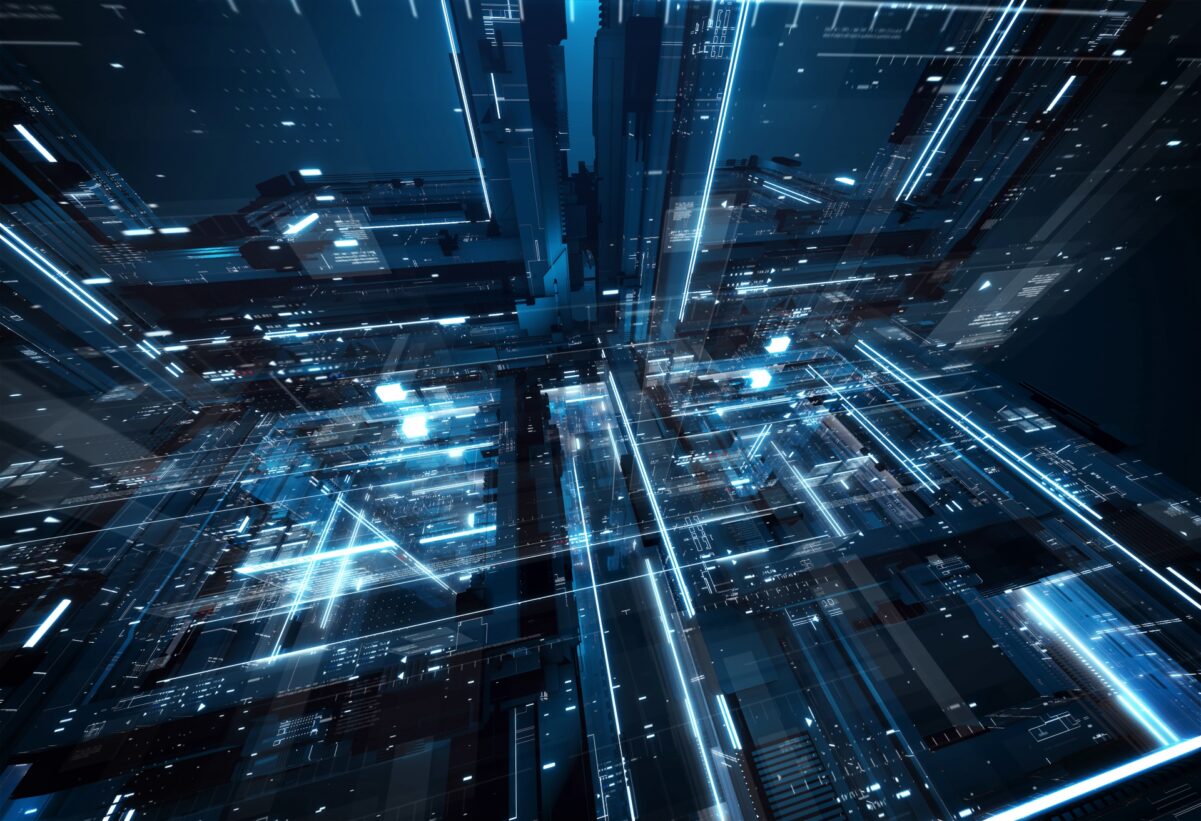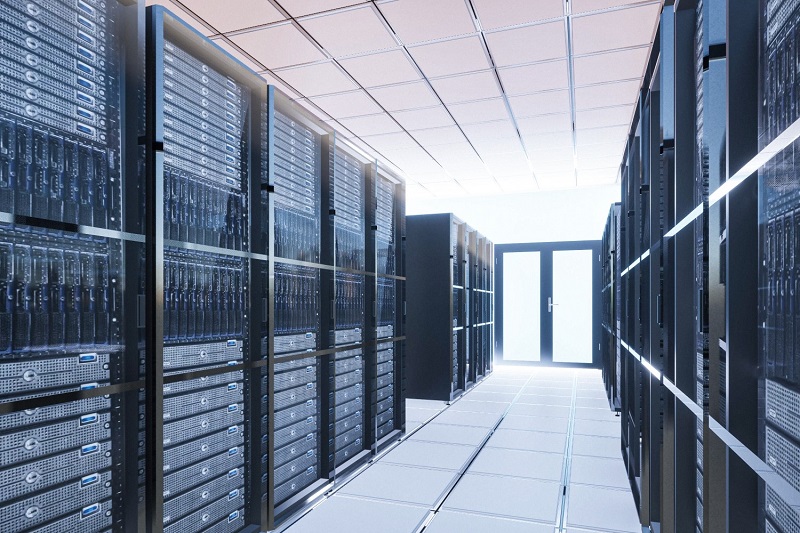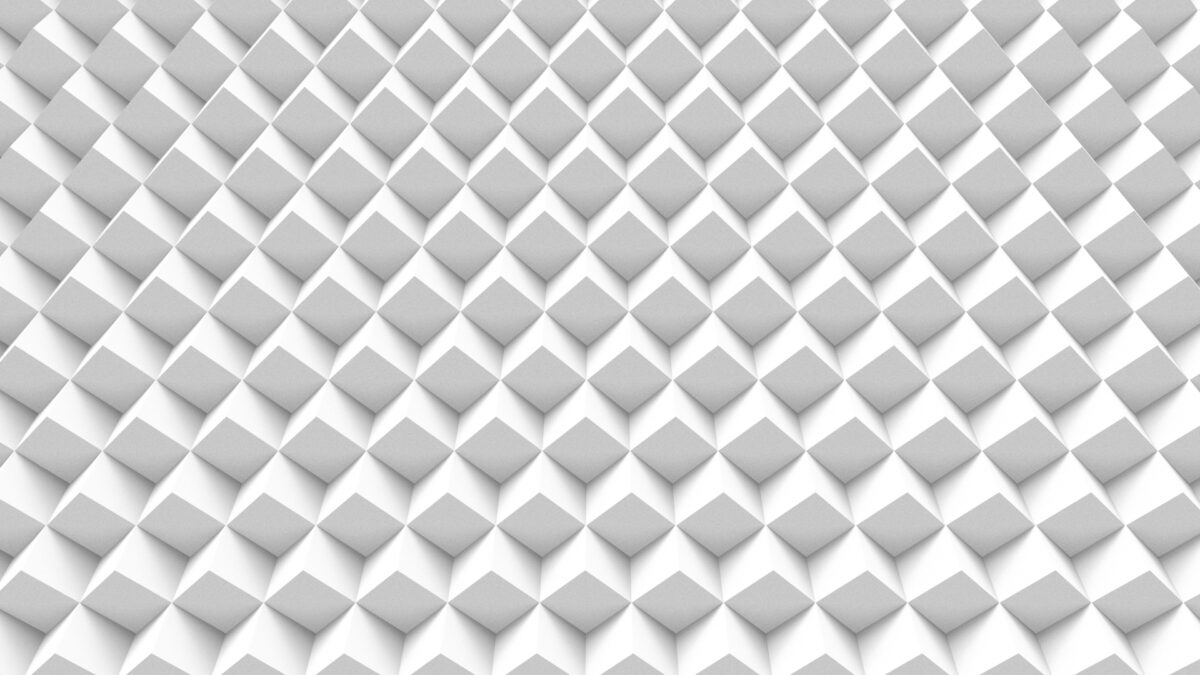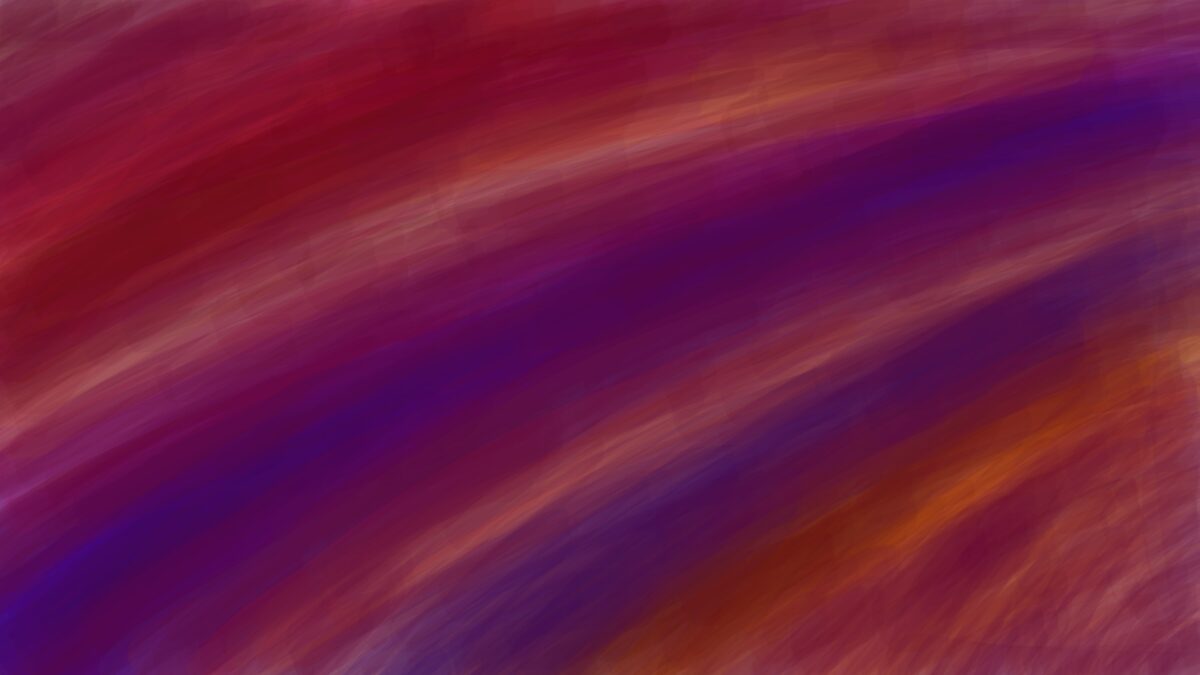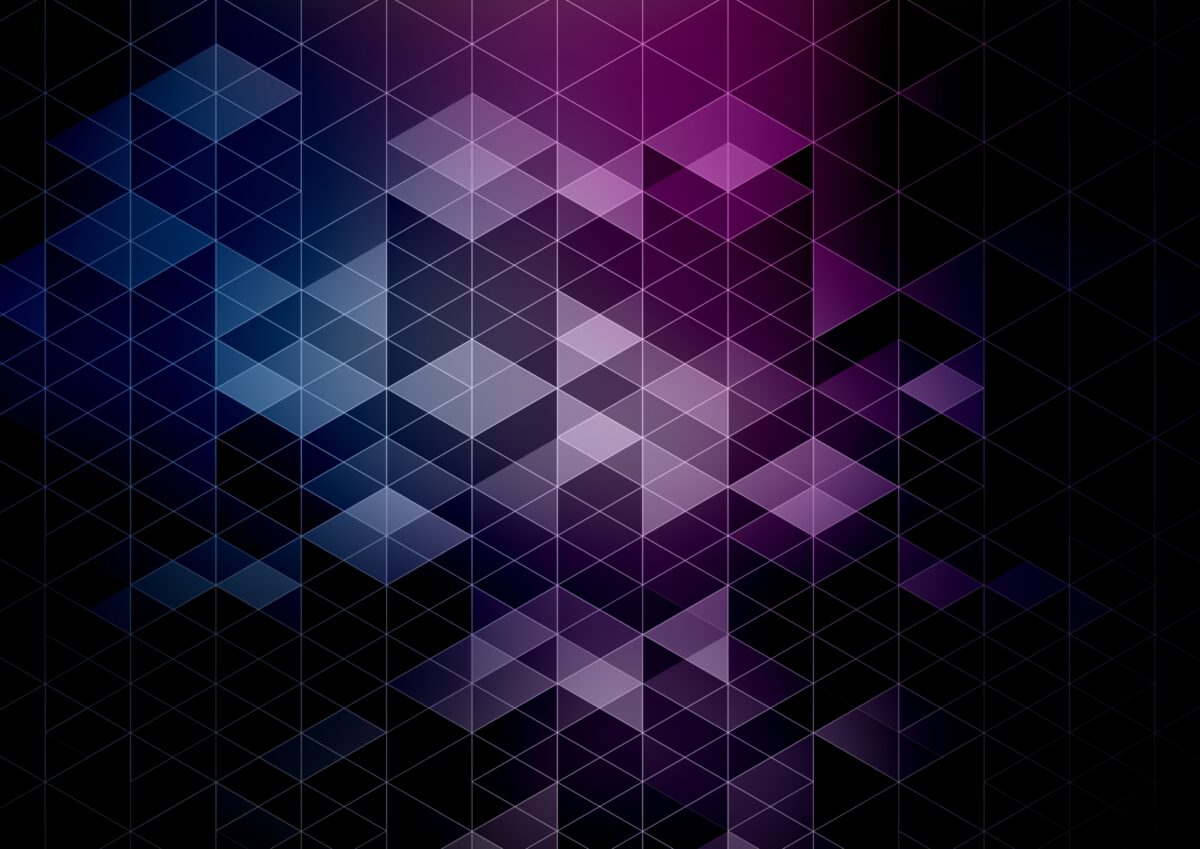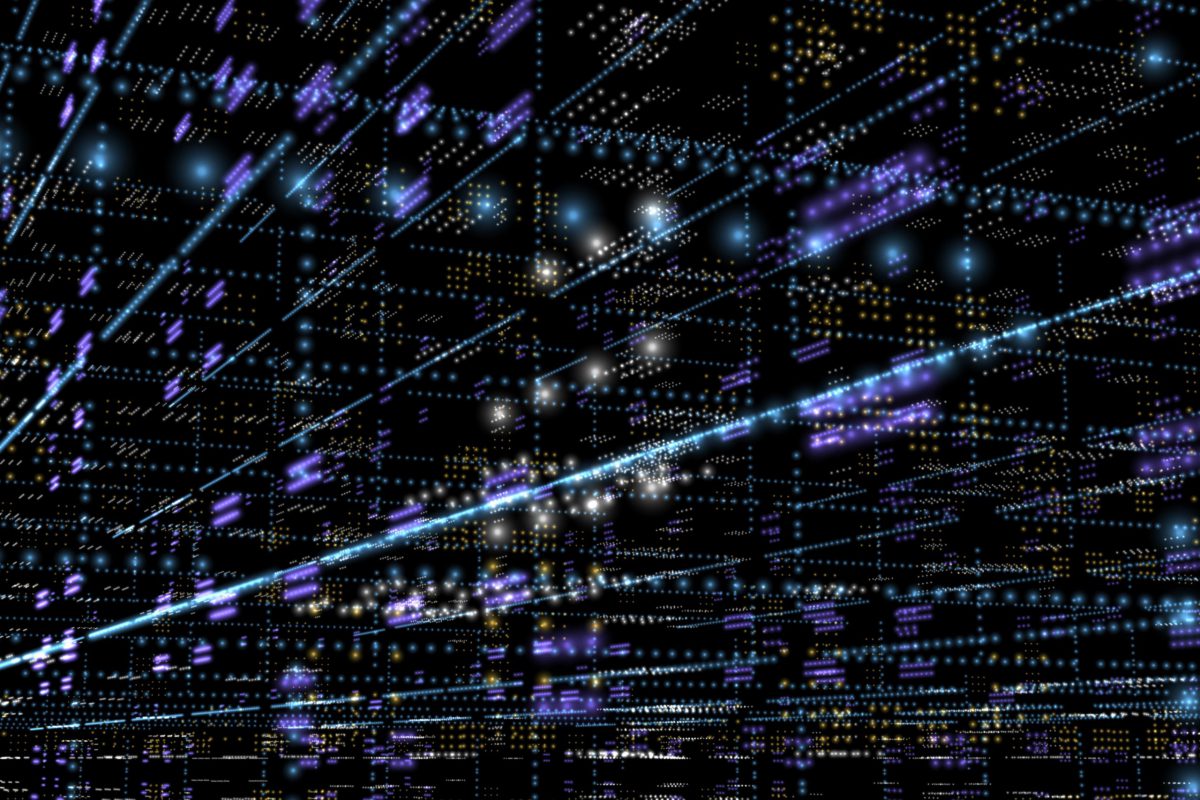GPU rendering may sound highly technical at first glance — something you’d expect to hear in a graphics lab or high-level production meeting. The good news is that it’s not as complicated as it sounds. Whether you’re interested in becoming a designer, 3D artist, architect, developer, or anyone working in visual media, understanding how GPU …


